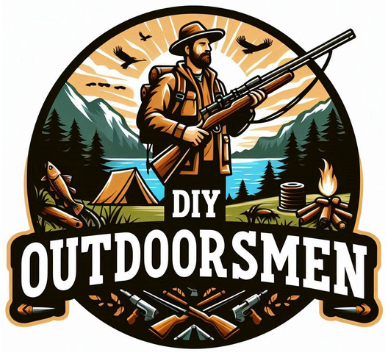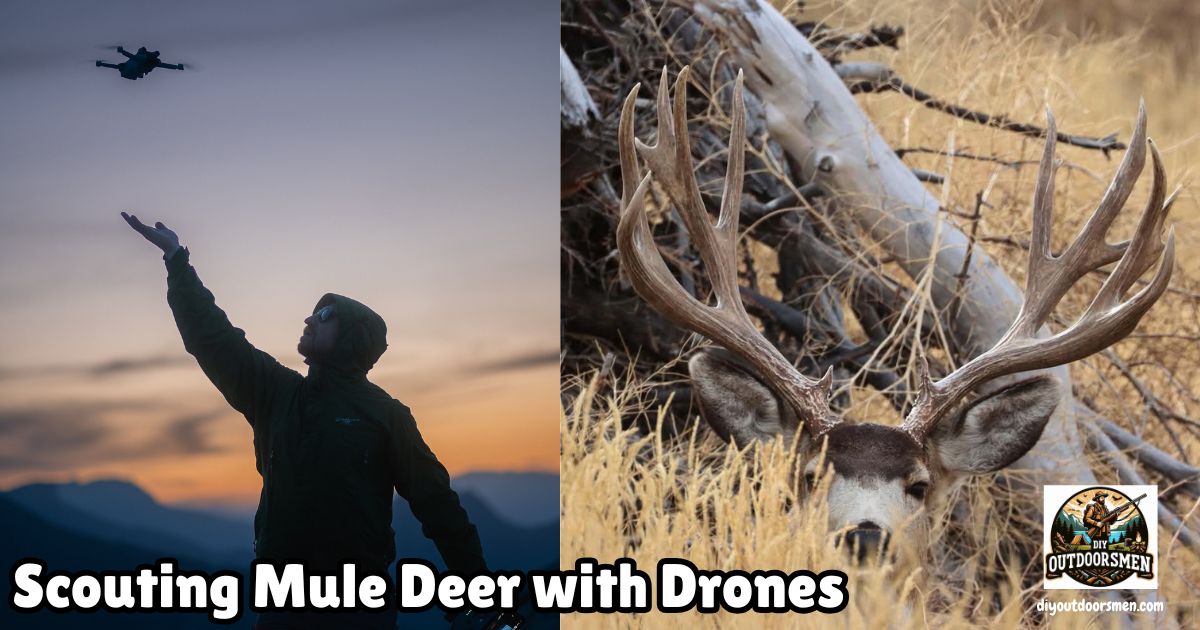Contents
- 1 Drone-Based Scouting: What I’ve Learned About Mule Deer and the Law
- 2 Why Drone Use for Mule Deer Hunting Faces Pushback
- 3 Legal and Non-Hunting Roles for Drone Services Near Mule Deer
- 4 Problems with Drone Scouting: My First-Hand Experience
- 5 Legitimate Alternatives to Drone Scouting During Mule Deer Season
- 6 Choosing Safe and Legal Drone Services In Mule Deer Country
- 7 Frequently Asked Questions About Drones and Mule Deer Scouting
- 8 Key Points on Drone-Based Scouting for Mule Deer
Drone technology is transforming how people gather information about wildlife, and there’s growing curiosity about using drones for mule deer scouting. I often hear from hunters and landowners asking if drone-based scouting services can help track deer movement, especially during hunting season. But it’s crucial to mention that most states have strict rules that heavily restrict or even ban drone use for hunting or scouting game, including mule deer.
Drone-Based Scouting: What I’ve Learned About Mule Deer and the Law
Interest in drones for wildlife observation has been rising, mainly because of their reputation for covering big areas quickly and collecting detailed images. From what I’ve seen, this interest is especially high among ranch owners, guides, and hunters in states like Colorado, Nevada, and Texas, where mule deer are plentiful and the terrain is vast.
But here’s something everyone should understand before considering a drone-based mule deer scouting service. Most states have regulations that specifically prohibit using drones to locate, scout, or harass wildlife during a hunting season.
Wildlife agencies see this kind of technology as an unfair advantage that takes away the heart of hunting, often called “fair chase.” Breaking these rules can lead to serious legal trouble, including hefty fines and even loss of hunting privileges.
For example, in Colorado, using a drone to help spot or hunt big game—including mule deer—is completely illegal during hunting season. Arizona also treats drones as aircraft and bars them from any activity that helps in taking or locating game.
In Texas, any spotting, counting, or photographing of game animals by air, even with a drone, is off-limits during hunting season. Each state’s rules are a bit different, but the core message remains: using drones to track deer for hunting is not allowed.
Why Drone Use for Mule Deer Hunting Faces Pushback
I’ve read plenty of discussions in online hunting circles and talked with land managers about the controversial side of drone use. The biggest objection comes back to that idea of “fair chase”—the belief that wild animals should have a reasonable chance to notice and escape from the hunter. Many hunters believe drones remove a layer of sportsmanship and diminish the adventure of hunting.
- Unfair advantage: Drones can spot mule deer in places you could never reach on foot and provide live video or thermal images. That makes it much easier to find animals that would normally stay hidden.
- Disturbance and stress: Drones make noise and can stress wildlife. Some biologists have seen evidence that even at a distance, drone flights can disrupt normal animal behavior; feeding, resting, and movement patterns can all change.
- Changed traditions: Many people feel strongly about upholding the challenge and unpredictability that hunting brings. Technology like drones can turn that unpredictable chase into something more mechanical and less rewarding.
Legal and Non-Hunting Roles for Drone Services Near Mule Deer
Drone companies sometimes offer their services for land surveys, property inspections, and general wildlife management. These services—when performed outside hunting season and without aiding in taking wildlife—are legal and practical. I’ve worked with landowners who use drones to keep tabs on habitat quality, map water sources, or track herd trends across vast stretches of ranchland. These applications are well within legal bounds in most areas.
- Population counts: Professional biologists or land managers can use drones for post-season deer counts. This helps set future hunting quotas and track species health. The data support smarter land stewardship.
- Habitat monitoring: Drones generate maps that highlight migration corridors, bedding areas, or water sources. This information helps improve grazing practices or plan food plots outside of hunting season.
- Property management: With a drone, it’s much easier to inspect fences, trails, or access points without having to drive across sensitive areas. This is especially useful on large ranches common in the Southwest, where mule deer live.
Things get tricky when you talk about game recovery, like using a drone to find a deer after it’s been shot. Some states allow drones to help recover an animal if the hunt is officially over, while others ban this because it could open a loophole for illegal scouting.
So even for recovery, I always recommend checking local laws and speaking directly with a state wildlife officer to avoid any surprises. Beyond just population and land surveys, drone technology can help with early detection of invasive plant species or check fence lines for damage, keeping large properties in top condition.
These legal uses contribute to healthier habitats for wildlife throughout the year. Public agencies often use drones to track wildfires or monitor endangered species, which indirectly benefits mule deer populations, too.
Problems with Drone Scouting: My First-Hand Experience
I’ve spent time in the field with drone pilots conducting legal wildlife surveys, and the contrast is huge when compared to illegal scouting. For permitted work, schedules are coordinated with local wildlife authorities, and flights are carefully timed to avoid causing distress during sensitive periods, like fawning or migration. Reporting and transparency are part of the process, which helps protect both the pilot and the wildlife.
Contrast that with stories I’ve heard about hunters using consumer drones to “glass” canyons before a hunt. Not only are they risking heavy fines and loss of their gear, but they’re also likely to be spotted or reported by other outdoors enthusiasts who value ethical hunting. In one memorable case in Colorado, a group lost their drone and their right to hunt for several seasons; the penalty was not just financial but also meant years of lost hunting experiences.
Legitimate Alternatives to Drone Scouting During Mule Deer Season
If you want to take advantage of high-tech tools for seeing more of your hunting area, trail cameras are still a legal option in many states, though some jurisdictions like Arizona and Utah now regulate their use closely. Traditional methods like scouting on foot, glassing with premium optics, and talking to local ranchers stay popular and respected ways to get a sense of deer movement and habitat.
These practices maintain the spirit of fair chase and help you avoid legal trouble. Some wildlife organizations and land managers rely on aerial survey drones with special permits, but these teams are usually made up of trained biologists gathering scientific data, not working alongside hunters for real-time information.
In addition to legal methods, hunters can use mapping apps and public land records to study terrain features well ahead of hunting season. This information, coupled with firsthand scouting, builds knowledge over time that’s both ethical and rewarding.
Choosing Safe and Legal Drone Services In Mule Deer Country
For anyone interested in hiring a drone service, the first thing I do is check the current hunting regulations in that specific state. Agencies such as Colorado Parks and Wildlife, Texas Parks and Wildlife Department, and Nevada Department of Wildlife all post up-to-date rules on their websites.
I have found these organizations are helpful when answering questions over the phone or by email. Their advice can stop you from making costly mistakes linked to new restrictions or permit changes.
- Ask for proof of permits: If a company offers scouting data near hunting season, always expect them to share licensing or permit information before working with them.
- Request written details: Get a clear list in writing of what the service provides—whether it involves wildlife management, habitat mapping, or off-season population counts. Anything that looks like in-season scouting should raise a red flag.
- Read the state laws: Rules change often, and even drone-assisted game recovery regulations are not consistent across different regions.
Many reputable outfits will gladly show their legal credentials and explain how they step up ranch operations or conservation efforts without going anywhere near the line of hunting legality.
Frequently Asked Questions About Drones and Mule Deer Scouting
Here are a few questions I’m often asked, along with answers I’ve found through personal research and talks with wildlife officers:
Is it ever legal to use a drone for scouting mule deer before or during hunting season?
In nearly all mule deer habitat states, drones cannot be used to track or spot deer in ways that assist hunters during open season. Some places offer flexibility once the season ends, but even then, reaching out to local wildlife officials is a smart move.
What about using drones for finding a wounded or dead deer after a hunt?
Rules vary greatly from state to state. In some areas, this is allowed if the hunt is over and no one has weapons. In others, it is still off-limits. Always check the most recent local regulations before scheduling a drone search.
Are there legitimate drone services for wildlife management involving mule deer?
Yes. Conservation organizations and private land managers turn to drone teams for population surveys, habitat mapping, and property checks well outside hunting season or under special permits. These services do not pinpoint specific game for hunters.
Key Points on Drone-Based Scouting for Mule Deer
After spending time with land managers, hunters, biologists, and officials, my advice is to stick to the safe side: skip drones for any part of the actual hunt or immediate pre-hunt scouting. The rules are designed to defend fair chase and animal well-being. Still, with the right planning and awareness, drones can help with wildlife management, property oversight, and habitat projects that ensure mule deer populations remain healthy into the future.
Whenever things are unclear, I check in with the right agency or reach out to conservation groups such as the Mule Deer Foundation for practical advice. The extra effort always pays off—protecting both my future hunting opportunities and the outdoor ethics that matter the most.
Most Recent Articles:
- Complete Guide On Tracking Game Animals
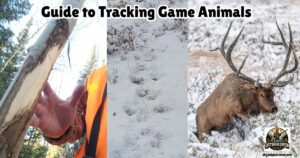
- DIY 4-Step Guide To Field Dressing And Quartering A Deer
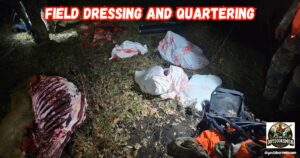
- Night Vision Binoculars For Nocturnal Hunting
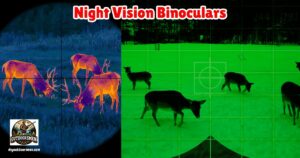
- The Science Behind Camouflage Patterns For Deer Hunting
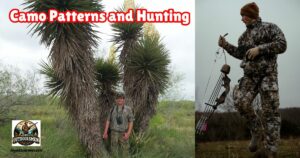
- Binocular Accessories For Hunters

- 9 Tips for Using Trail Cameras To Track Deer Movements

As always, stay safe, enjoy the journey, and please try to leave it cleaner than you found it. If you have any comments, questions, ideas, or suggestions, please leave them in the comment section below, and I’ll get back to you ASAP. You can follow us on YouTube: Man Art Creations for videos of our DIY Adventures.
P.S. Thanks so much for checking out our blog; we really appreciate it. Just so you know, we may receive a commission if you click on some of the links that appear on our site. This helps us keep our content free and up-to-date for everyone. We appreciate your support!
